Articles
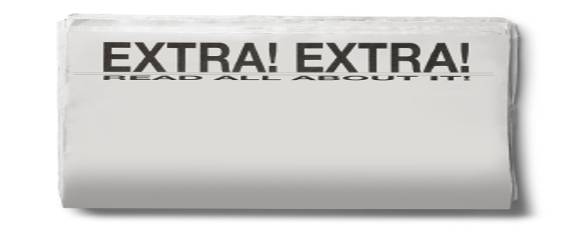
Reading German Wine Labels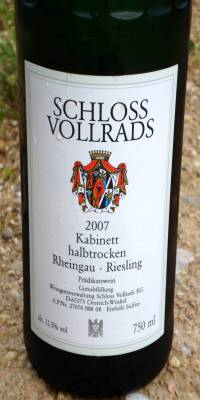
Posted - July 17 2008
Classifications
German wines are classified depending on the ripeness of the grapes at the point
of harvest.
QbA
(Qualitätswein Bestimmter Anbaugebiete) – applies to any of the 13 approved
regions who produce wines that are representative of sufficient quality and
ripeness that reflects the style acceptable of these of these regions.
QmP (Qualitätswein Mit Prädikat) – meets all requirements of the QbA but
are of higher quality. They meet legal requirements for the QmP standards which
include a higher ripeness (therefore more concentrated). You will often see the
words trocken (dry) or halbtrocken (half-dry) and now
Feinherb - see below on these
food-friendly wine labels or, they may also fall under the following:
Styles
Kabinett – regarded as the lightest wines made from natural, fully
ripened grapes.
Delicious fresh, best consumed within five years after harvest. Comes from the
word Cabinet which historically meant the wines that were good enough to be
stored in the cabinet. Good for guests and special occasions.
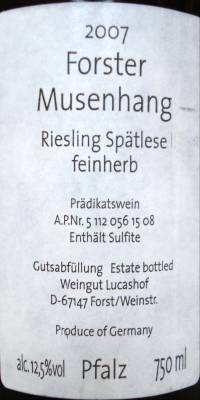 Spätlese – translates to late harvest. Made from grapes harvested
later in the season – from grapes that have achieved an elevated ripeness level
that is recognizable in aroma, flavour and body. Can be properly cellared for up
to seven years.
Spätlese – translates to late harvest. Made from grapes harvested
later in the season – from grapes that have achieved an elevated ripeness level
that is recognizable in aroma, flavour and body. Can be properly cellared for up
to seven years.
Auslese – is made from selected bunches of overripe grapes. These create
wines of intensity with riper flavour and more abundant aromas. Can be properly
cellared for up to a decade.
Beerenauslese
(BA) – a dessert-style wine, sweeter, more luxurious and richer made from very
select overripe grapes. These grapes can be affected by noble rot (Botrytis
Cinerea) and is only made in exceptional vintages. Can be properly cellared for
decades.
Eiswein
– is not an usual concept to
those of us living in Canada. Similar to the Canadian style, Icewine (Eiswein)
is made from fully ripened grapes that have been left on the wine until they
have frozen (-8 to -17.6°F). They are then picked and pressed while frozen
creating a dense, sweet juice. Can be properly cellared for decades.
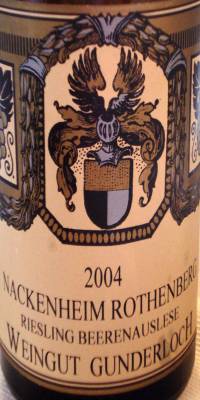
Trockenbeerenauslese (TBA) – is rare and very labour intensive. TBA is
made from hand-selected dried grapes that have shrunken into raisins – intense
and concentrated with an almost syrupy weight, flavour and texture. Can be
properly cellared for decades.
also:
*Feinherb - is a term I saw popping up
on a quite a few labels during a recent tour. It is a word that has come into
fashion.The general consensus from those who
were using this new term was "off-dry" or "half-dry" (rather than halb-trocken)
yet I found it to be an arbitrary decision by producers as to what the residual
sugar level should
be, to be labeled a "Feinherb".
And, to make matters even more confusing there
is the new:
VDP Classification Model of 2006
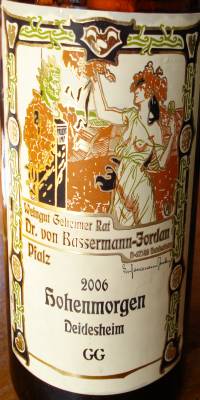
Erste Lage -
 ("First Site") Wines from
the best vineyards in Germany (in Burgundy this would be comparable to Premier
Cru) The symbol for Erste Lage is a 1 with a six-grape cluster beside it in
raised form on the neck as part of a special glass bottle. These wines are not
only restricted by special vineyard sites but are restricted to grape varieties
(depending on regions), yields, production procedures, style, packaging...
("First Site") Wines from
the best vineyards in Germany (in Burgundy this would be comparable to Premier
Cru) The symbol for Erste Lage is a 1 with a six-grape cluster beside it in
raised form on the neck as part of a special glass bottle. These wines are not
only restricted by special vineyard sites but are restricted to grape varieties
(depending on regions), yields, production procedures, style, packaging...
Grosses Gewächs or GG ("Great Growth") - are wines that are
dry - this term is used in most German regions.
Erstes Gewächs - ("First Growth") is similar to GG but is a term
used in the Rheingau only.
Sweet wines use the traditional Prädikats labeling (Kabinett,Spätlese,
Auslese, BA, TBA, Eiswein...)
Bear in mind that this 2006 model was put
in place by the national organization but as is similar in many regions in the
world individual regions can and may stipulate stricter laws and conditions for
vineyards.
 The three windows of Erstes Gewächs
The three windows of Erstes Gewächs


 Spätlese – translates to late harvest. Made from grapes harvested
later in the season – from grapes that have achieved an elevated ripeness level
that is recognizable in aroma, flavour and body. Can be properly cellared for up
to seven years.
Spätlese – translates to late harvest. Made from grapes harvested
later in the season – from grapes that have achieved an elevated ripeness level
that is recognizable in aroma, flavour and body. Can be properly cellared for up
to seven years.
